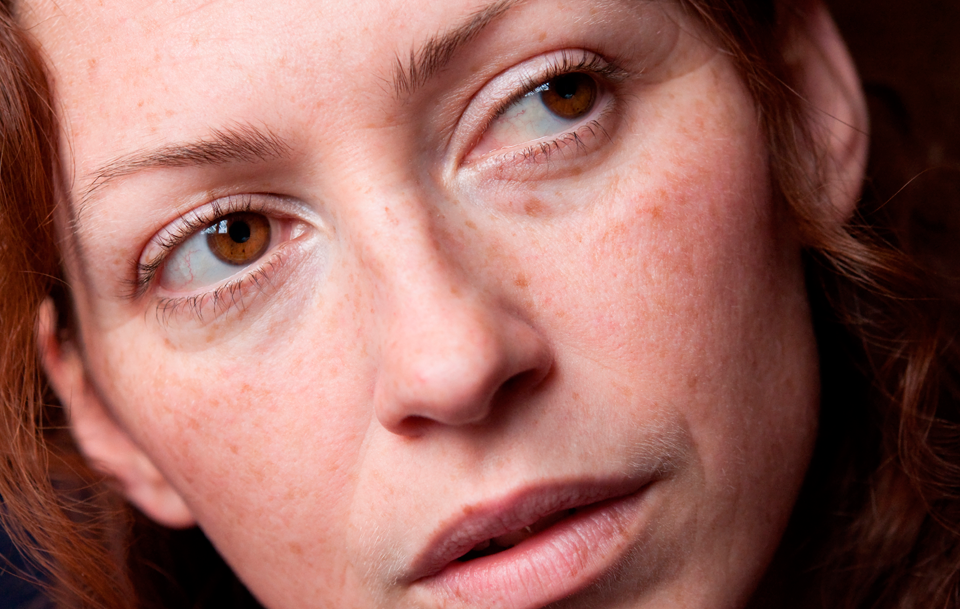Lentigines
With the passage of time it is usual for in our skin to appear different types of spots. The most frequent are the lentigines: small brown spots, starry shape or rounded, located in areas chronically exposed to the sun (back of the hands, neckline, upper back and face). They usually appear from de 40 – 50 years and are made more noticeable as the years go by, so they are called “age spots” or “cemetery flowers”. Its main cause is accumulated solar exposure. It is logical, then, that with more years (and, therefore, more accumulated sunlight) appear in greater numbers.
Lentigines aren’t malignant nor can they evolve to any malignant cutaneous lesions. However, they indicate that the skin has received a high radiation load and is a sign of an increased risk of to have skin cancer. In isolation, however, they only pose an aesthetic problem. They are a very frequent reason for consultation, since the patient usually wants to be undone because its appearance is related as a sign of old age.
The pigment of the lentigines is deep enough so that it can’t be removed with the application of cosmetic depigmenting creams. Unfortunately they are not useful for treating this type of stain. The lentigines disappear with the laser treatment: its light specifically impacts the pigment and fragments it, so that our defenses eliminate it. If the lesions are numerous it is usually necessary to perform 2-4 sessions of depigmenting laser (pulsed light or alexandrita Q switched) to make them disappear. If there are unique lentigines, very large or with a certain thickness (hyperkeratosis), it is more appropriate to use the CO2 laser, which performs a superficial peeling but deep enough to eliminate the skin blemishes. By means of one these two devices it is possible to eliminate lentigines definitively with minimal discomfort (the procedure can cause a very superficial scab of 2-4 days of duration).
What can we do to have less lentigines? The sun protection with FPS50 and avoid the hours of greater solar radiation are indispensable. We can also reduce the risk of presence by applying a cream that has retinol (vitamin A) and Vitamin C, prescribed in the treatment with the dermatologist.
Read more here

